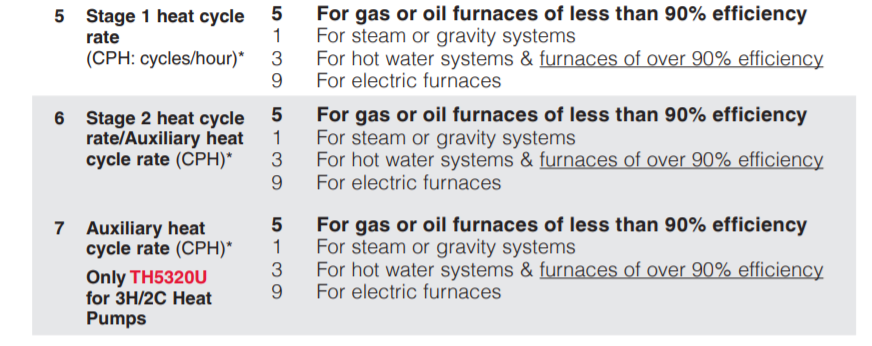Get Tech Tips
Subscribe to free tech tips.
Thoughtful Termination (Of Wires)
 When you are checking a unit of any kind, you should be keeping your eyes open for signs of arcing and melting at all of your wire connections and contact points. We find issues with melting terminals on contactors and in disconnects regularly. Still, We rarely think about the relationship between circuit ampacity, wire size, and the connections to our equipment.
When you are checking a unit of any kind, you should be keeping your eyes open for signs of arcing and melting at all of your wire connections and contact points. We find issues with melting terminals on contactors and in disconnects regularly. Still, We rarely think about the relationship between circuit ampacity, wire size, and the connections to our equipment.
First, consider that a #10 wire doesn't always have an ampacity of 30 amps; it has an ampacity of 30 amps with a 60° Celsius rated assembly at 30° Celsius ambient.

Now, look carefully at the wire and the contactor at the start of the article.
The wire (conductor) is rated at 90°, and the contactor is rated at 75° when torqued down to 22 in/lbs on screw-type terminals and 40 in/lbs on lug-type.
So, the entire assembly is only as good as the weakest link, and the weakest link is the terminals, and the terminals are only as good as the contact they are making.
Conclusion: The termination (connection) points are usually the weakest point of the circuit.
When sizing conductors, don't forget ANY of the termination points. From the breaker to the disconnect to the unit, every termination point should be properly connected. Check the rating if you intend to use any ampacity other than 60° Celsius.
Check those connections. Make sure they are snug and properly suited for the ampacity of the circuit.
For more great info on this, go HERE.
—Bryan










Comments
To leave a comment, you need to log in.
Log In